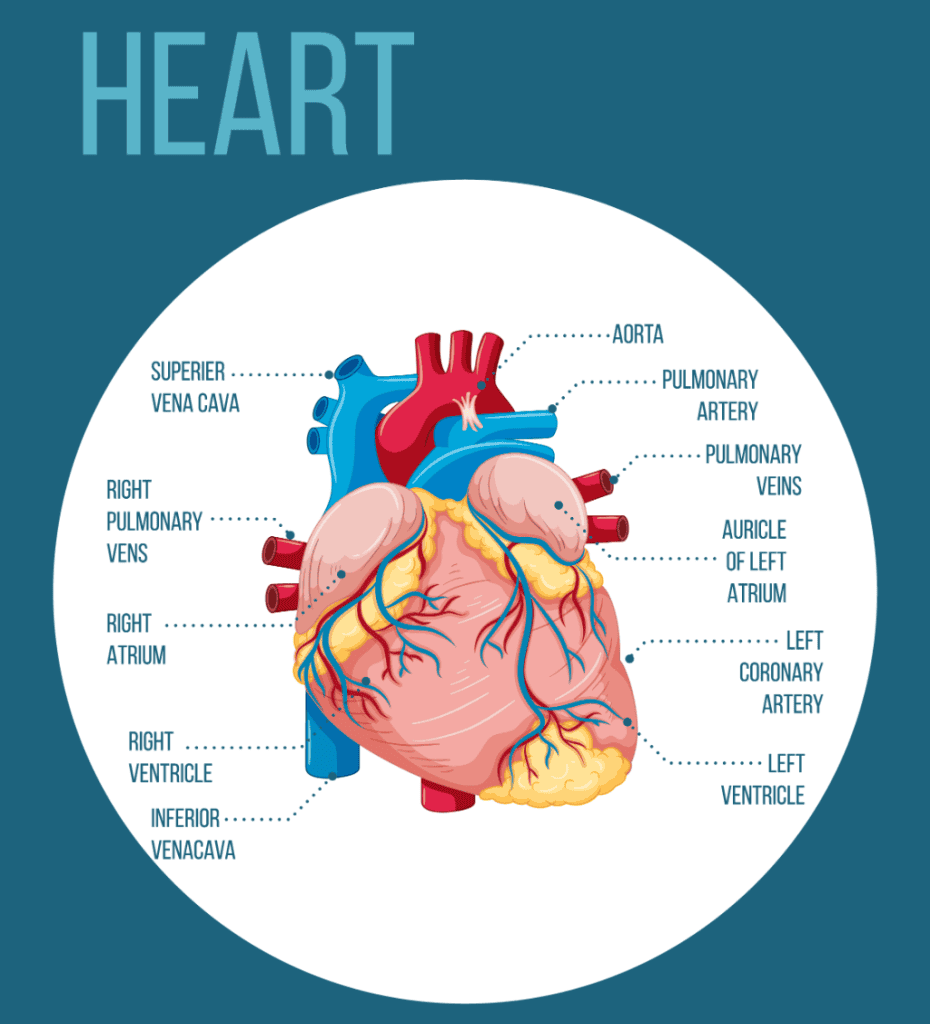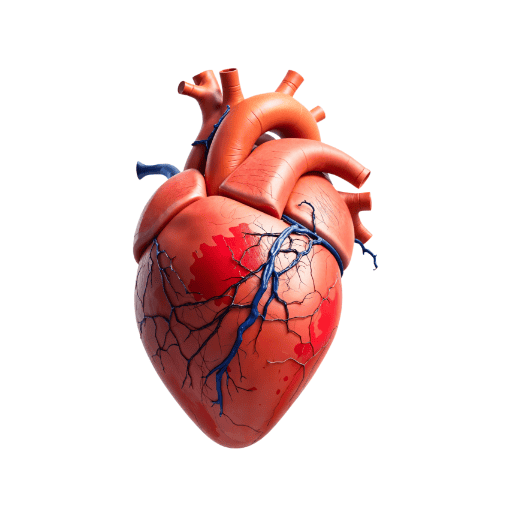Welcome to the Anatomy of the Heart quiz! Have you ever wondered how your heart works to keep you alive and kicking? Well, you’re in the right place! In this quiz, we will explore the different parts of the heart and how they work together to pump blood throughout your body.
Get ready to dive into the fascinating world of the heart. From the atria to the ventricles, we will uncover the secrets of this vital organ. So, put on your thinking cap and let’s see how much you know about the amazing anatomy of the heart!
Play Anatomy Of The Heart Quiz
Instructions
- This quiz is multiple choice.
- Read each question carefully before selecting an answer.
- Choose the best answer for each question.
- You will see the missed questions with correct answers at the end of the quiz.
Labeled Heart Anatomy

Quick Facts
- The heart is a vital organ in the body that pumps blood throughout the circulatory system.
- It is located in the chest, slightly to the left of the center of the chest cavity.
- The heart comprises four chambers – two atria and two ventricles.
- Coronary arteries supply the heart muscle with the oxygen and nutrients it needs to function properly.
- The heart beats about 100,000 times a day, pumping about 2,000 gallons of blood.
- Heart rate can be affected by factors such as exercise, stress, and temperature.
- The heart is about the size of a fist and weighs around 10 ounces in adults.
- The sound of the heartbeat is caused by the closing of the heart valves.
- Heart disease is a leading cause of death worldwide, with risk factors including high blood pressure, high cholesterol, and smoking.
- Regular exercise, a healthy diet, and managing stress can help keep the heart healthy and strong.
Downloads
No downloads found
Study Tips
- Create a study schedule and stick to it.
- Find a quiet and comfortable study environment.
- Remove distractions such as phones and social media.
- Take breaks every 25-30 minutes to avoid burnout.
- Use active studying techniques like summarizing, highlighting, and teaching concepts to someone else.
- Practice retrieval by testing yourself with flashcards or practice quizzes.
- Stay organized with notes, study guides, and resources.
- Stay hydrated and eat brain-boosting foods like fruits, nuts, and whole grains.
- Get enough sleep to improve memory retention and cognitive function.
- Reward yourself for reaching study goals to stay motivated.
